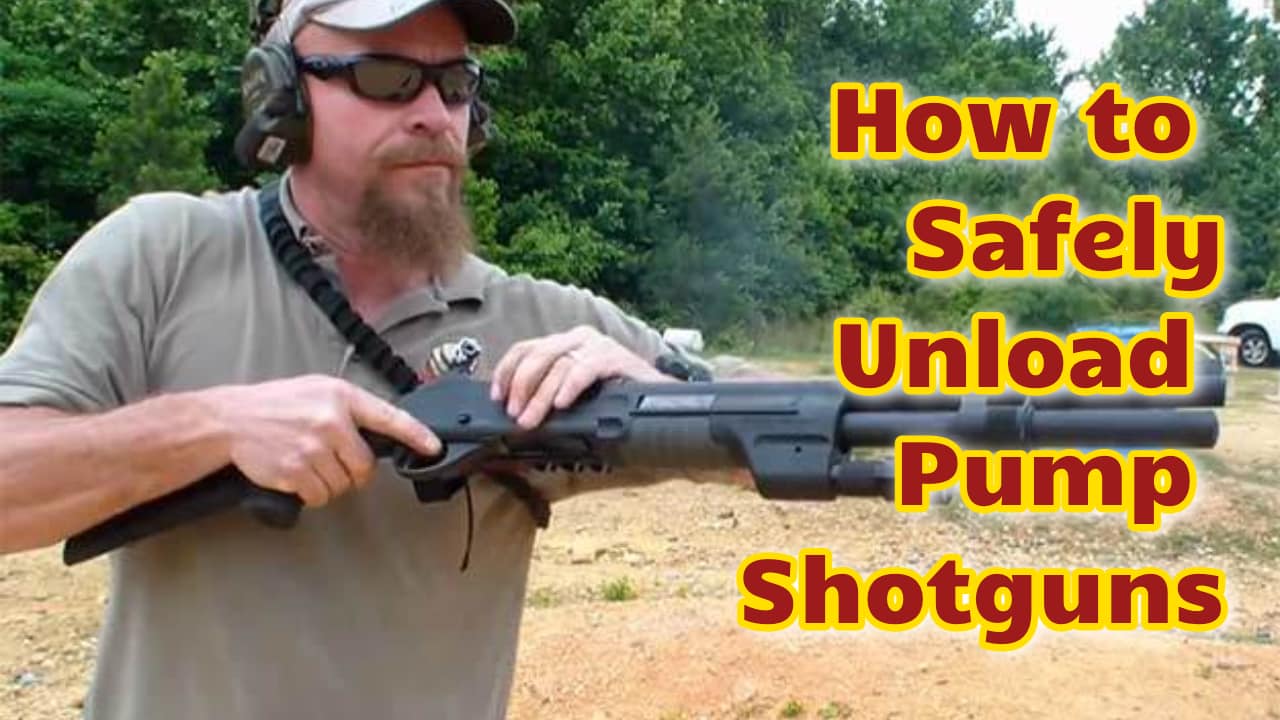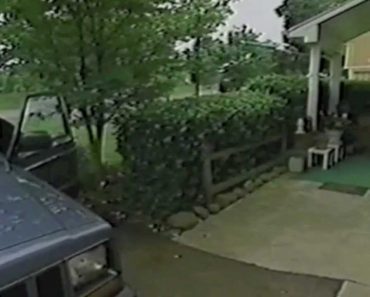Besides butchering rabbits on YouTube, I am a killer of sacred cows. One thing I hate is to hear a mall ninja prattle on about how he loves him some shotgun. They love to say that all he has to do is point down the hall and kill anything coming down it. I hate […]
Month: April 2012
My Complete List of 27 Prepper Precepts
Thanks for being patient now you can see the complete list of prepper precepts. This topic is important enough to put it at the top of the site, so tomorrow it will be a page and not just a post. I have my own moral code that is based on what I think is important, […]
Handgun Carry Permit Scenario #4 Car Theft
This video is a clip from the old TN handgun permit video, it is being used under the fair use doctrine. This video will show a brief encounter that a legally armed citizen will face. Please watch the handgun scenario and then think about what you would do in this situation. An armed citizen generally […]
Ayoob Tips When Stopped by Police When Carrying a Weapon
According to Wikipedia Massad Ayoob is an internationally known firearms and self-defense instructor. He has taught police techniques and civilian self-defense to both law enforcement officers and private citizens since 1974. He was the director of the Lethal Force Institute (LFI) in Concord, New Hampshire from 1981 to 2009. Ayoob now directs the Massad […]





